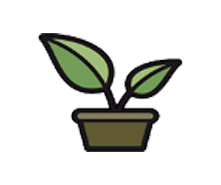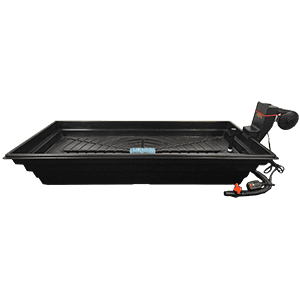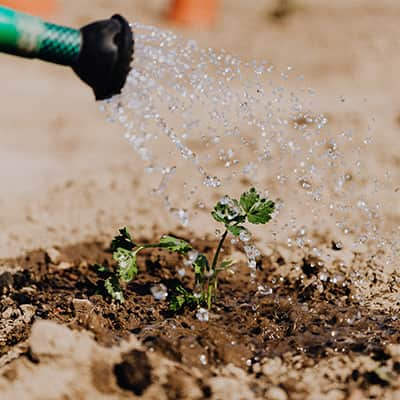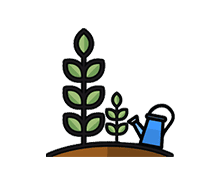How Potting Soil Can Impact the Quality of Your Crops
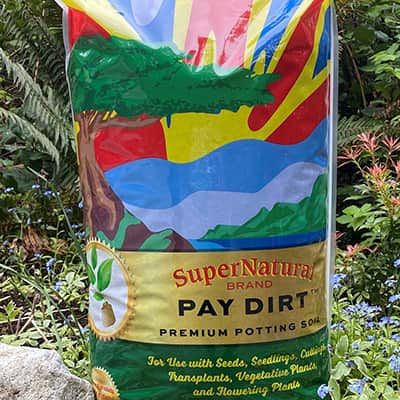
How to Grow Healthy Plants in Containers
Learning how to grow in containers involves many variables. You have to get them all right for good harvests, and potting soil is no exception. Thousands of years ago, Xenophon of Athens wrote in the Oeconomicus, “To be a successful farmer one must first know the nature of the soil.”
This fact known by ancient and modern growers alike will never change because potting soil is where roots develop and draw in water and nutrients. When soil supports this process, the plant will thrive. A gardener can promote optimal root growth, and water and nutrient uptake by growing in carefully blended potting soils whether for a new growth or for plant repotting.
Choosing the Best Potting Soil for Your Garden
Container gardening demands strong performance from a potting soil because plants depend entirely upon the finite resources within their pots. Potting soils blend natural ingredients specifically meant for growing in containers. Ideally, blends are fluffy, without clumps, resistant to compaction, and ready to absorb water while still keeping roots aerated.
The plants that you intend to grow define the best potting soil for your purpose. For example, standard potting soils are formulated to retain sufficient moisture for heavy feeding annuals. However, orchids and cacti require specialized blends that retain less water; otherwise, those plants would perish in overly moist conditions.
Annuals that need a regular supply of water and nutrients benefit from a rich mix that retains moisture without denying roots room to grow and breathe. The blend should create air spaces throughout the soil where root hairs can grow and thrive. Water needs to pass through these tiny internal air spaces to deliver nutrients but then drain off and allow fresh air to enter again.
What Do Potting Soils Contain?
Gardeners can fine tune their soils for specific plant species. By creating near-perfect soil conditions, water and nutrients have the greatest ability to produce high yields.
Standard potting soil ingredients are:
- Peat – an absorbent plant collected from bogs
- Compost – decayed organic material
- Bark – ground tree bark that aids soil aeration but is less absorbent than peat
- Coir – fibrous material collected from coconut husks used similarly to peat
- Vermiculite – byproduct of heating mica chips that aids water and nutrient retention
- Perlite – white volcanic rock that boosts aeration and drainage
- Sand – fine grains of stone that support aeration and drainage
- Fertilizer – organic or synthetic nutrients
Potting soil does not necessarily contain all of the above ingredients. Bark or coir may be used in place of peat to make a drier blend. Compost should not comprise more than one-third of a blend and is not present in all mixes. Fertilizers may or may not be present depending on the product.


